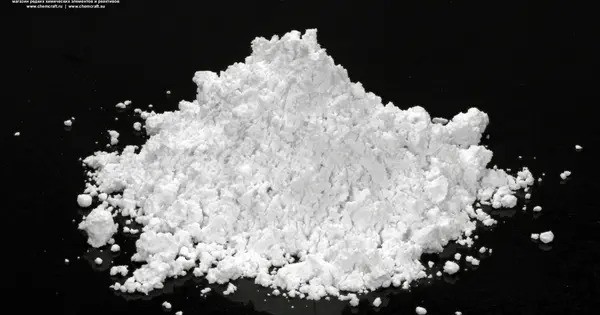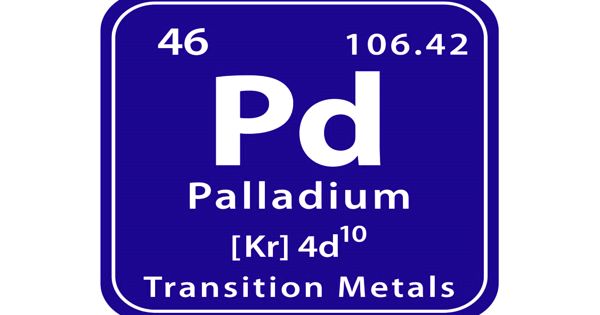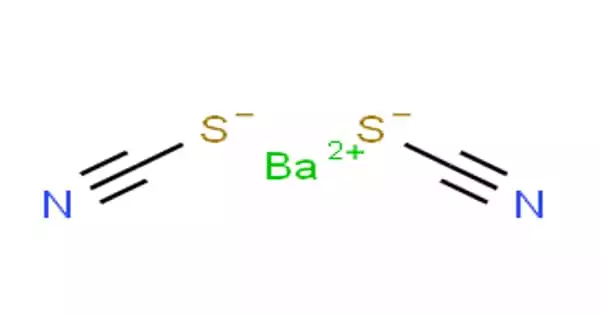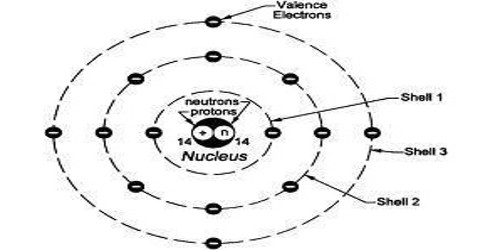Magnesium oxalate is an organic compound comprising a magnesium cation with a 2+ charge bonded to an oxalate anion. It has the chemical formula MgC2O4. It is formed by the reaction of magnesium ions (Mg²⁺) and oxalate ions (C₂O₄²⁻). Magnesium oxalate can be found as a white, crystalline solid that is insoluble in water. It is an insoluble salt that has various important properties and occurrences in nature.
Magnesium oxalate is a white solid that comes in two forms: an anhydrous form and a dihydrate form where two water molecules are complexed with the structure. Both forms are practically insoluble in water and are insoluble in organic solutions.
Properties
- Molar mass: 112.324 g/mol, 148.354 g/mol (Dihydrate)
- Appearance: white solid
- Density: 2.45 g/cm3
- Melting point: between 420 and 620 °C (788 and 1,148 °F; 693 and 893 K), 150 °C (302 °F; 423 K) (dihydrate) both decompose
- Solubility in water: 0.038g/100g H2O (anhydrous and dihydrate)
Reactivity: It can react with acids to release carbon dioxide (CO₂), similar to many metal oxalates. It is also involved in various coordination chemistry reactions with metal ions.
Natural occurrence
Magnesium oxalate has been found naturally near Mill of Johnston, which is located close to Insch in northeast Scotland. This naturally occurring magnesium oxalate is called glushinskite and occurs at the lichen/rock interface on serpentinite as a creamy white layer mixed in with the hyphae of the lichen fungus. A scanning electron micrograph of samples taken showed that the crystals had a pyramidal structure with both curved and striated faces. The size of these crystals ranged from 2 to 5 μm.
Natural Sources
Plants: Magnesium oxalate can be found in various plants, particularly in the form of crystals in their tissues. Oxalates, in general, are common in the plant kingdom. They can form crystals as a defense mechanism against herbivores or as a means of regulating the levels of calcium and magnesium in plant cells.
Minerals: Magnesium oxalate is also found as a minor constituent in certain natural mineral deposits. However, it is not as abundant in the Earth’s crust as other magnesium compounds, such as magnesium carbonate (MgCO₃) or magnesium silicate (MgSiO₃).
Uses and Significance
- Biological Relevance: Magnesium oxalate plays a role in the formation of kidney stones, which are often composed of calcium or magnesium oxalates.
- Laboratory Use: In analytical chemistry, magnesium oxalate can be used to precipitate magnesium ions in some laboratory procedures.
Health and safety
Magnesium oxalate is a skin and eye irritant. If inhaled, it will irritate the lungs and mucous membranes. Magnesium oxalate has no known chronic effects nor any carcinogenic effects. Magnesium oxalate is non-flammable and stable, but in fire conditions it will give off toxic fumes. According to OSHA, magnesium oxalate is considered to be hazardous.















